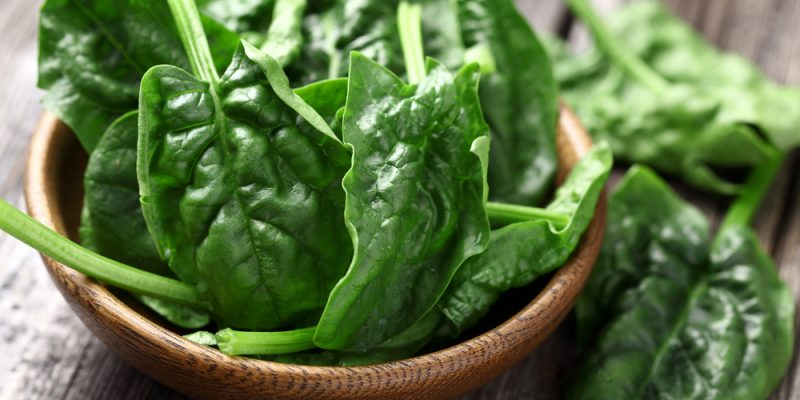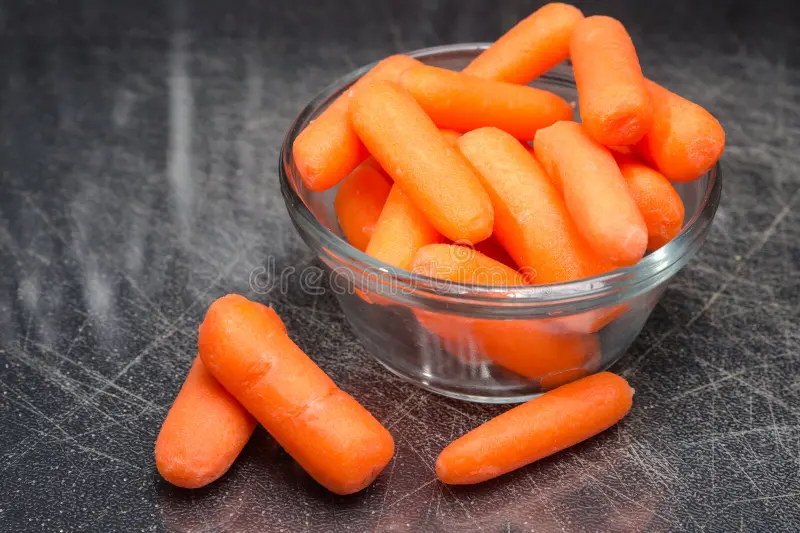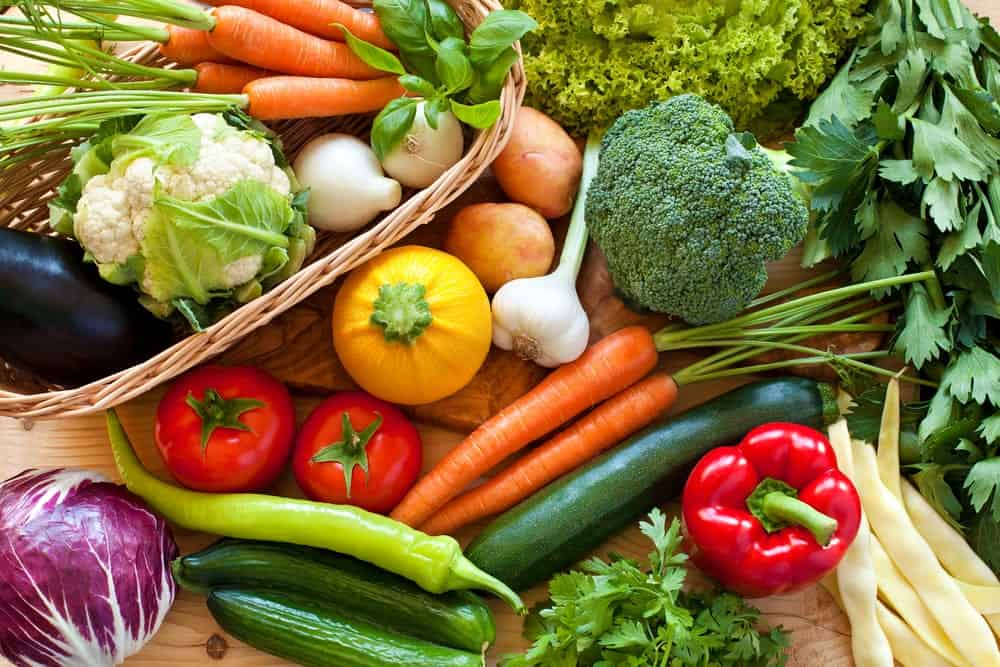Among the most nutrient-dense foods we may include in our diet are vegetables. These small jewels are filling, tasty, and a great source of fiber, vitamins, minerals, and antioxidants. Vegetable-rich diets can lower blood pressure, lessen the risk of heart disease and stroke, prevent some cancers, cut the risk of digestive and ocular issues, and improve blood sugar levels. The problem is that only 9% of Americans consume the two to three cups of vegetables that are advised daily. Here, we’ll spotlight the top three nutrient-dense veggies and provide you tips on how to stay in the 9%.
Present the Spinach

Although spinach is the most nutrient-dense vegetable, kale has its time and is among the top ten. Vitamins A and K, which are abundant in spinach, promote good blood pressure, eye health, and the prevention of cancer. Additionally, it is rich in antioxidants, particularly lutein and beta-carotene, which combat oxidative stress. The most significant benefit of these leaves is that one cup of raw spinach provides you with the majority, if not all, of your daily required intake. Because spinach has a high fiber content, it’s a calorie-efficient and satisfying meal.
Additionally, spinach is incredibly adaptable. You may use raw leaves as the foundation for a salad with blueberries, walnuts, feta cheese, and strawberries. After removing the stems and thoroughly blending, it also blends well in a smoothie. Because of their high vitamin content, these leaves retain their nutritional worth even when they are cooked down for serving as a side dish or in a frittata.
Cups and Cups of Carrots

Vitamin A, Vitamin K, Vitamin C, and fiber! All these you can find in carrots. It does not matter if they are full or baby carrots both have similar nutrient profiles and both provide antioxidants to support good vision, promote bone health, help control your blood pressure, and enhance your immune function. They are the ultimate fast food to be enjoyed raw but don’t just limit these orange powerhouses to just snacks. Use carrots in smoothies and Asian dishes with a glaze and slow-cooked.
Broccoli’s the Bomb!

Broccoli has long been a staple side dish, and for good reason. These sulforaphanes and flavonoids in veggies have anti-inflammatory effects and have been shown to protect against several types of cancer. In one cup, you get 77% of your daily value of vitamin K, 90% of your daily value of vitamin C, and a good dose of folate, manganese, and vitamin C. Broccoli is related to cabbage, Brussels sprouts, kale, and cauliflower, so if you ever get tired of these tiny trees, you can get a similar nutrient boost from those foods. Broccoli can be steamed, used in pasta, in a summer slaw, in sups, and chopped in a frittata. Beware, overcooking broccoli does decrease the amount of Vitamin C, so keep that broccoli dark green!
Bottom Line
While it comes as no surprise that these veggies rank high, hopefully you feel inspired to add more to your day. Whatever you choose to go with, make it a goal this week to have at least 3 cups of veggies each day (in addition to fruits to get the most variety of nutrients!)

